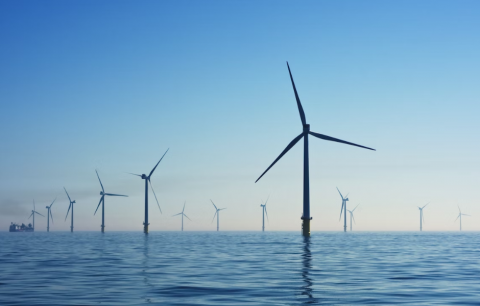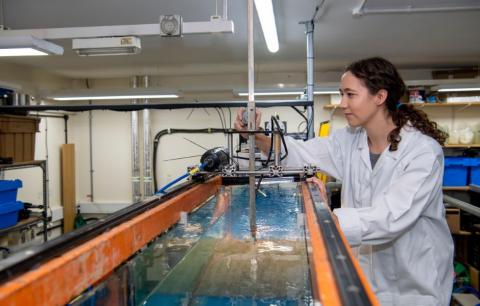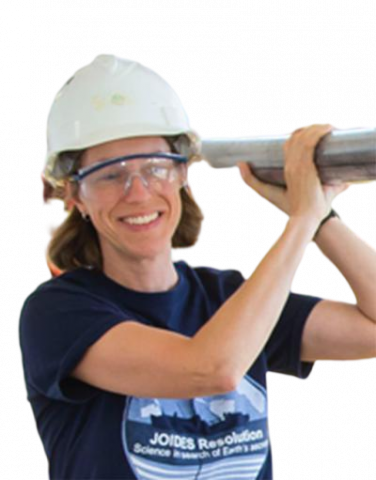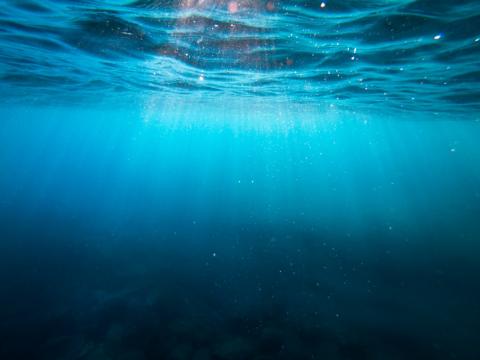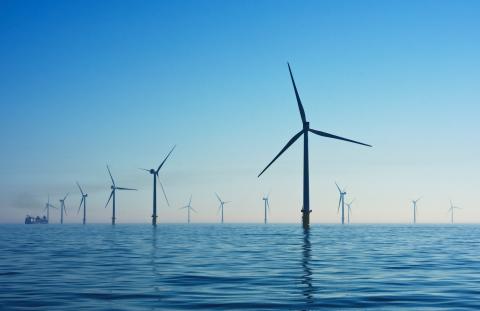Research group
Geology and Geophysics
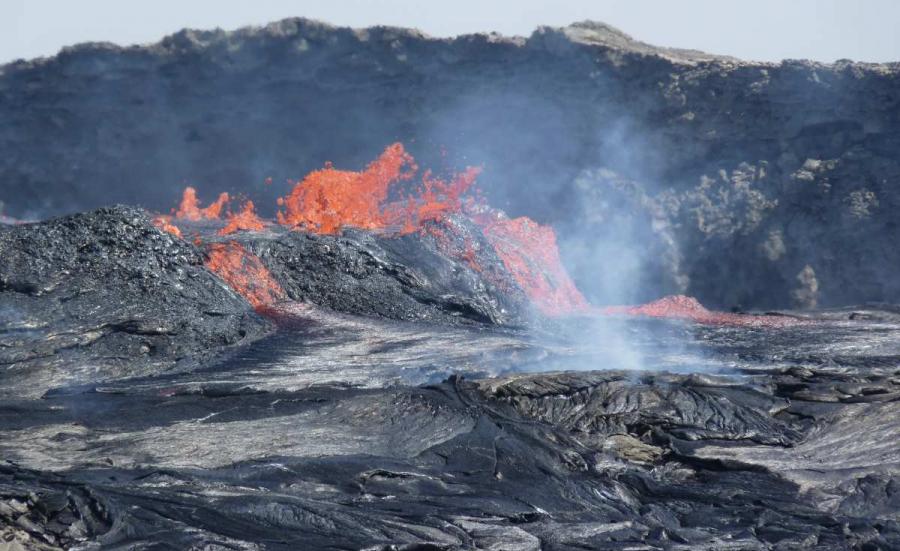
We research in a wide range of societally impactful areas of geology and geophysics for a sustainable future, enabled by state-of-the-art facilities and technology development.
Part of
Ocean and earth science
